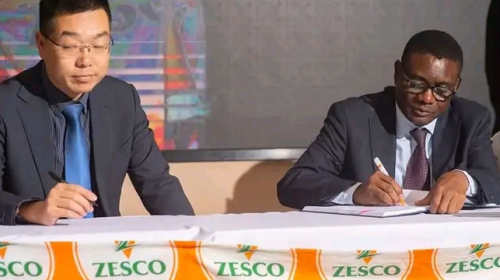Zambia’s central bank shores up gold stocks by $15million in first quarter
The central bank in Africa’s second largest copper producer has successfully shored its bullion reserves by K345.6 million (circa. $15 million) since yearend of 2020 to end of 1Q21. This initiative is supported by a gold purchase agreement signed with First Quantum Mining – Kansanshi Copper Mine and the state mining investment vehicle ZCCM-IH last year. Bank of Zambia opted to shore falling foreign exchange reserves buy stocking up with gold following recent discovery of the asset in key parts of Zambia. The red metal producers reserves have fallen to decade lows of $1.3billion weakening its import cover to less than 2.5 months leaving the Southern African nation vulnerable to external shocks.
In the period December 2020 to March 2021 the BOZ successfully shored its gold stock by 9,975 ounces (282.8 kgs) a cost of K345.6 million. Sixty nine percent of the purchases were from Kansanshi Copper Mining Plc at a cost of K241.8 million, while 30.7% (86.84 kgs) was from Zambia Gold company, a subsidiary of ZCCM – IH at a cost of K103.8 million.

According to a press statement from the regulator, the Bank plans to purchase around 25,200-ounces of London Good Delivery gold from Kansanshi Copper Mining Plc and 21,000 ounces of dore gold with a minimum of 88% purity from Zambia Gold Company annually. These estimates are based on the gold purchase agreements signed with Kansanshi Copper Mining Plc and Zambia Gold Company in December, 2020. The central bank hinges viability and attractiveness of this the gold purchase venture in the local currency pricing which hedges against foreign exchange risk. The dore gold purchased from Zambia Gold Company will only reflect in international reserves after refining.
The purchase price of the commodity is not fixed and is determined by the London Bullion Market Association (LBMA). The LBMA, established in 1987, is the international trade association representing the global Over the Counter (OTC) bullion market, and defines itself as “the global authority on precious metals”.
Other interventions that the copper producer has in place to shore up reserves include dollarization of mining taxes paid directly to the central bank.
![]()





